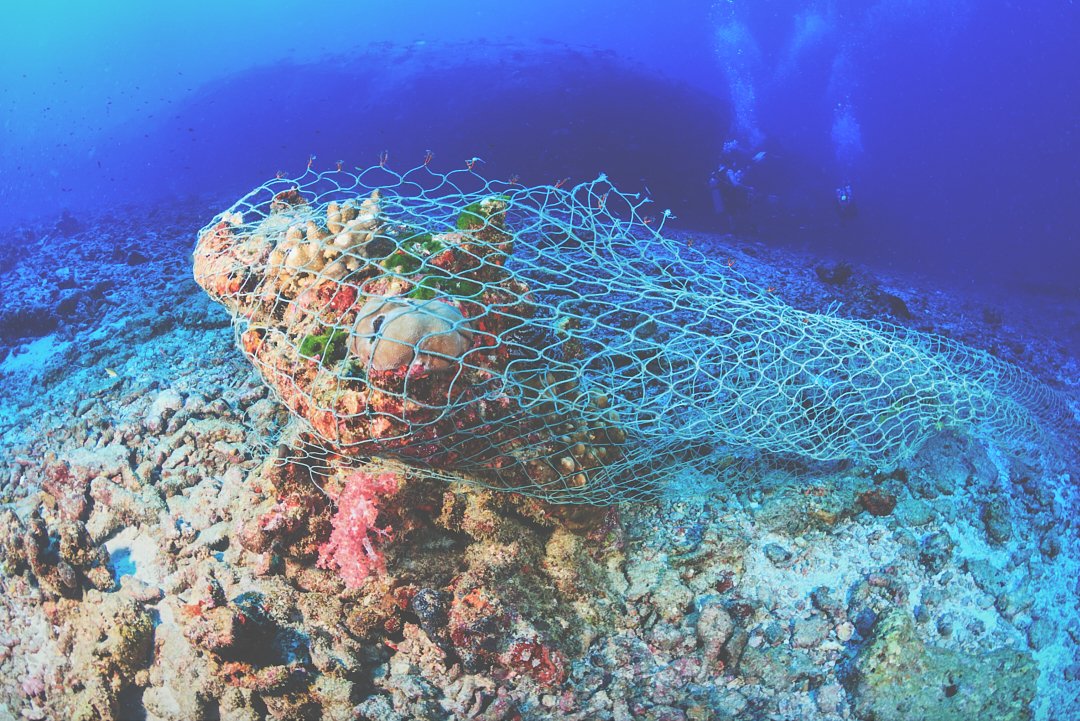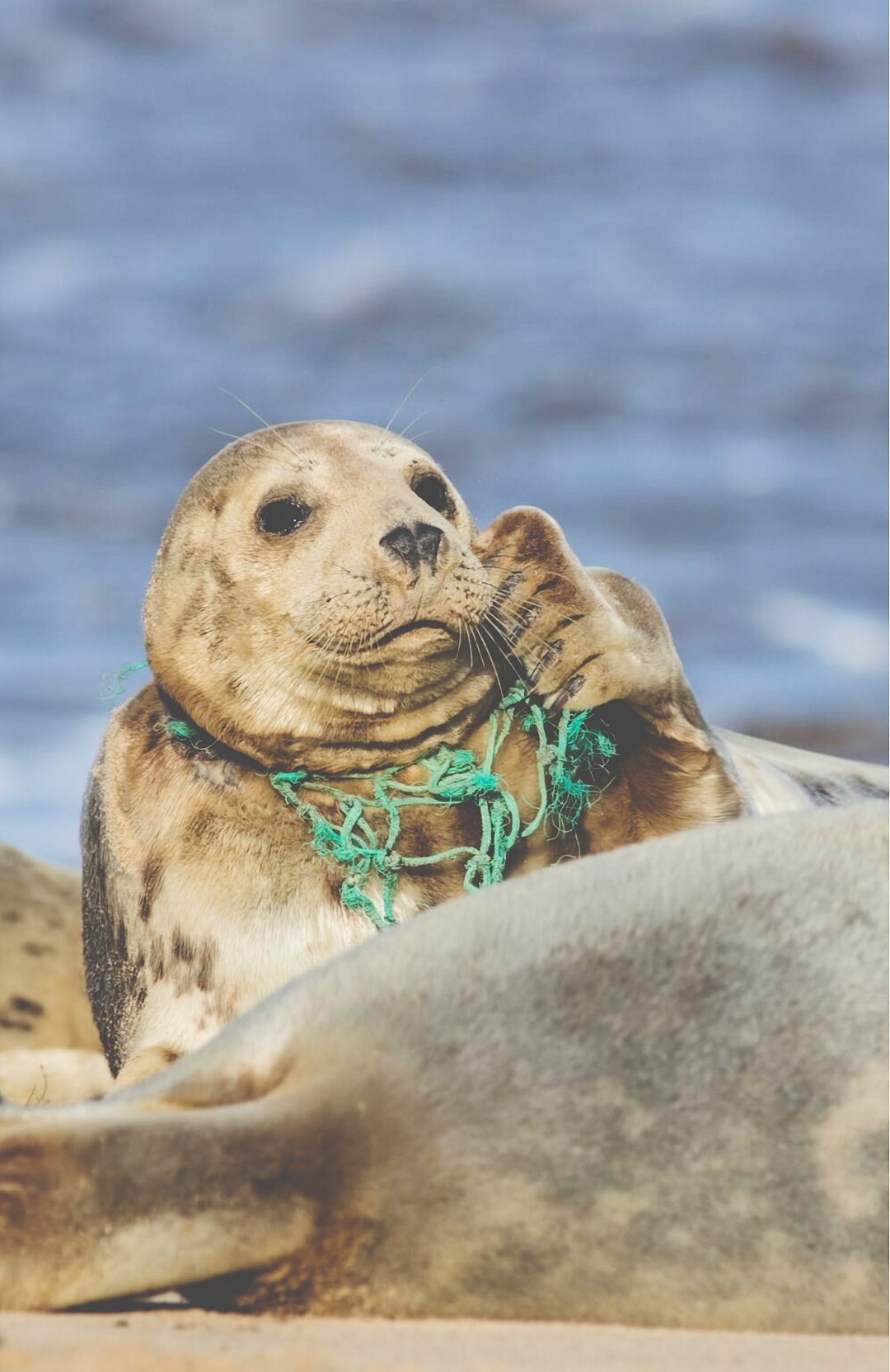#106 Ghost Fishing Gear
Did you know the majority of plastic pollution in our ocean is made up of lost or abandoned fishing nets and gear? Or, that there are enough long fishing lines set every day to wrap around the planet 500 times? Our oceans and marine life simply cannot sustain commercial fishing and the abuse that is currently taking place.
Protecting The Marine Life:
Currently, the biggest single source of plastic killing our oceans is made up of lost, discarded, or abandoned fishing nets, ropes, long lines, and plastic fishing crates and baskets. The proliferation of discarded fishing gear is a major issue for marine life. These items pose a threat to wildlife for years and even decades to come, capturing everything from small fish to whales. It is estimated that 650,000 whales, dolphins, seals and other sea life die from ghost gear every year. Abandoned ghost nets are also doing considerable damage to marine habitats as they have a smothering effect on coral reefs. Commercial fishing, and the way it is currently being operated, is not a sustainable approach to supplying food to humanity. More awareness and education needs to be provided to better communicate the pervasiveness and danger of ghost gear within our oceans. If we call on our governments to carefully enforce strict regulations to rid the oceans of this marine litter, we can re-establish healthier oceans and protect marine life.
Facts About Ghost Fishing Gear:
640,000 tons of nets, lines, pots and traps used in commercial fishing are dumped and discarded in the sea every year.
6 percent of all nets used, 9 percent of all traps, and 29 percent of all longlines remain as pollution at sea.
It takes approximately 600 years for ghost fishing nets to naturally decompose.
The Virginia Institute of Marine Science has estimated abandoned or lost crab pots in the Chesapeake Bay area capture 1.25 million blue crabs annually.
One study found that as much as 70% of macroplastics found floating on the surface of the ocean was fishing related.
The great Pacific garbage patch is estimated to contain 42,000 tons of mega plastics, of which 86% was fishing nets.
In the USA, 250,000 sea turtles are captured, injured or killed every year by fishing.
90% of the 5% of marine protected areas still allow fishing.
There are 4,600,000 commercial fishing vessels in the world.
The fishing industry receives $35 billion in subsidies.
How Can I Make An Impact ?
Tier 1: Global Goodness
Start by reducing your consumption of fish. The easiest way to make an impact as consumers is to simply consume less fish.
Watch the Seaspiracy documentary by clicking HERE.
Sign the petition to help protect 30% of the world’s oceans by 2030 CLICK HERE.
Tier 2: Planet Protector
All of Action 1
Spread awareness on the realities of the fishing industry to your friends and family, and encourage them to reduce their fish consumption.
If you live in a coastal community, lobby your local legislators to implement a net recycling program.
Read the Ghost Gear report by clicking HERE.
Tier 3: Earth Angel
All of Action 1 & 2
Call on your legislators to end fishing subsidies.
Contact your local congress to implement stronger fishing regulations.
Call governments to develop a legally binding global plastic pollution treaty that addresses this fundamental threat to marine wildlife.
FACTS REFERENCES:


